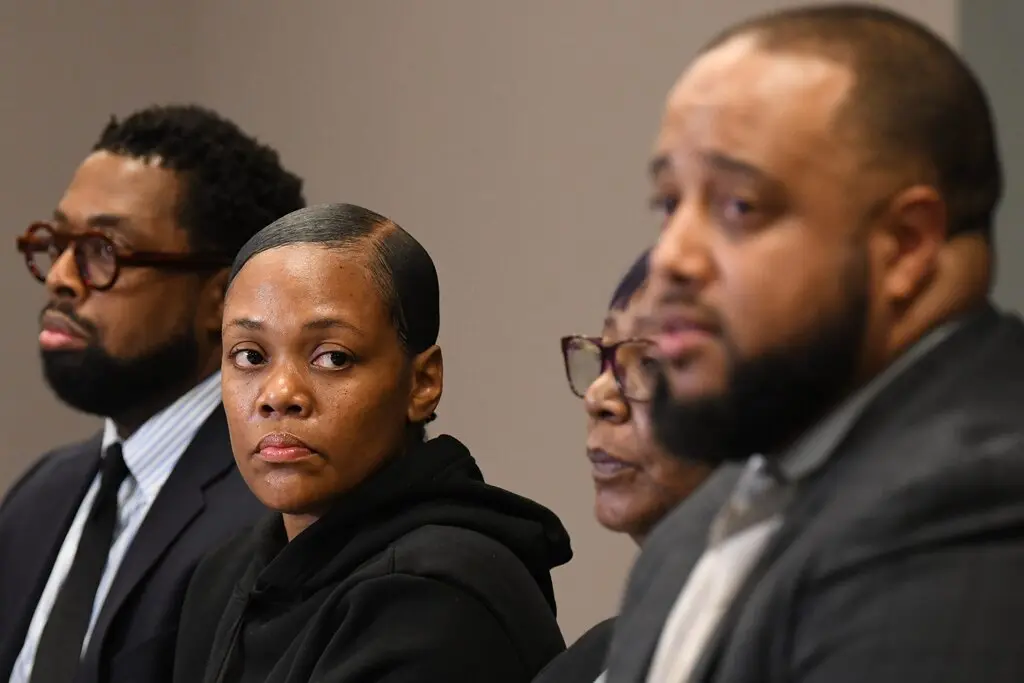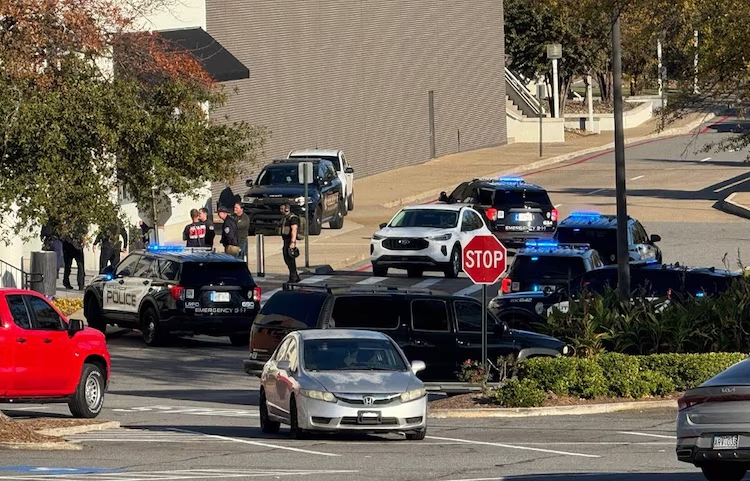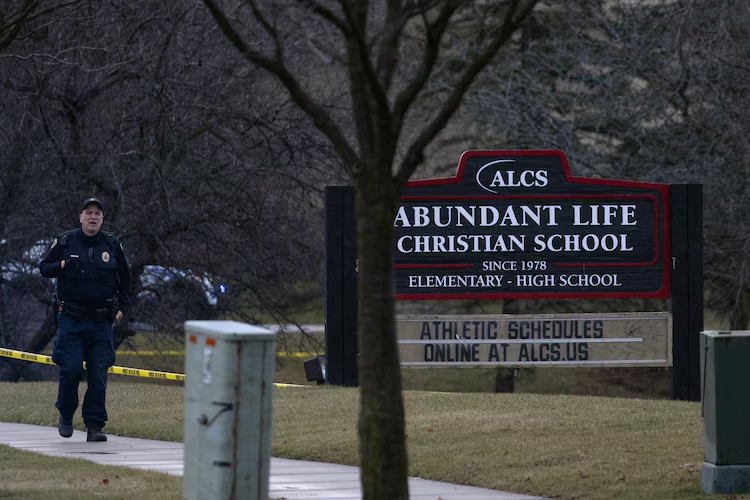Akron Police Face Questions After Officer Fatally Shoots Teenager

In Akron, Ohio, a recent incident involving the fatal shooting of a teenager by a police officer has sparked widespread protests, public outcry, and a series of questions regarding police conduct, accountability, and the use of force. The teenager, whose identity has not yet been fully disclosed to the public, was shot and killed by an Akron police officer during what authorities describe as a routine traffic stop. As the investigation unfolds, the incident has raised concerns about police practices, the treatment of young individuals, and the use of deadly force in situations that may not warrant it.
The Incident: What Happened?
On the evening of [specific date], Akron police officers initiated a traffic stop in a neighborhood known for its high rates of criminal activity. According to the police report, officers had reason to suspect that the vehicle involved in the stop was linked to an ongoing investigation, which led them to approach the vehicle. During the interaction, police allege that the teenager attempted to flee on foot, leading to a foot chase. The situation escalated quickly when the teenager allegedly reached for what appeared to be a weapon, at which point an officer fired his weapon, fatally wounding the individual.
Body camera footage and dashcam videos from the scene, which have since been released to the public, show a chaotic and tense encounter between the teenager and the officers. While the officer involved in the shooting claims that he feared for his life and believed the teenager was armed, the footage does not provide clear evidence that the teenager posed an immediate threat. This lack of clarity has raised significant concerns about the justification for the use of deadly force.
Community Reaction and Protests
The fatal shooting has led to intense reactions from the community, particularly from groups advocating for police reform and accountability. Civil rights organizations, residents, and activists have voiced their outrage over the death of the teenager, with many questioning why the officer resorted to lethal force instead of de-escalating the situation. Protests have erupted in Akron, with demonstrators demanding justice for the teenager and calling for a thorough investigation into the actions of the police.
In the wake of the shooting, community leaders have emphasized the need for greater transparency in how police conduct is monitored and evaluated. Many residents are also calling for police officers to undergo additional training on de-escalation techniques, particularly in encounters with young individuals who may be less likely to understand or comply with instructions during a high-stress situation.
Activists have pointed to this incident as part of a larger pattern of concerns surrounding the use of force by police, particularly in communities of color. Akron, like many other American cities, has a history of tensions between law enforcement and residents, particularly among Black and Latino communities. The shooting of a young individual has reignited calls for police reforms and an overhaul of policing practices to ensure that officers are better equipped to handle such situations without resorting to deadly force.
The Investigation: What’s Being Done?
In response to the shooting, Akron’s police department has launched an internal investigation into the officer’s actions. The police officer involved in the incident has been placed on administrative leave pending the outcome of the investigation. Local authorities have also called for an independent review of the incident by the Ohio Bureau of Criminal Investigation (BCI), which is tasked with investigating police-related shootings and other serious incidents.
The investigation is expected to focus on a number of key questions, including whether the officer’s use of force was justified under the circumstances and whether the police followed proper procedures in their interaction with the teenager. As part of the investigation, authorities will review all available evidence, including body camera footage, witness statements, and forensic evidence from the scene.
The local prosecutor’s office has also indicated that it will be closely monitoring the investigation and will make a determination on whether criminal charges are warranted against the officer. If the investigation finds that the officer’s actions were unjustified, it could result in criminal charges, disciplinary actions, or a broader review of the department’s use-of-force policies.
The Role of Body Camera Footage
The release of body camera footage has played a significant role in shaping the public’s understanding of the events leading up to the shooting. The footage has provided a clearer picture of what occurred during the encounter, though it remains inconclusive in terms of whether the teenager posed an imminent threat to the officer. Experts in law enforcement and public safety have highlighted the importance of reviewing body camera footage as part of investigations into police shootings, as it can help provide context and transparency in high-profile cases.
However, some community members have expressed concern that the release of the footage may not be enough to bring about meaningful change. They argue that without a systemic shift in policing practices, incidents like this one will continue to occur, and justice may not be served. Advocates for police reform have called for further scrutiny of the way that law enforcement agencies handle such incidents and how they respond to public pressure.
Broader Implications for Policing in the U.S.
The fatal shooting of a teenager in Akron is part of a larger, ongoing conversation about police use of force, especially in situations involving young people. The event underscores the need for comprehensive police reform and greater accountability within law enforcement agencies. Across the U.S., police departments have faced increasing scrutiny in recent years over their interactions with marginalized communities and the use of excessive force.
This particular incident brings to the forefront the challenges associated with policing young people, particularly Black and Brown youth, who are often disproportionately affected by police interactions. Studies have shown that young people, particularly in high-stress situations, may have difficulty understanding or responding to commands from law enforcement officers. This, in turn, can escalate confrontations, sometimes leading to tragic outcomes.
As calls for reform continue to grow, activists and lawmakers are focusing on measures such as mandatory de-escalation training for police officers, changes to use-of-force policies, and increased oversight of police departments. These efforts aim to address the root causes of police violence and ensure that officers are held accountable for their actions, particularly when they result in harm to individuals from marginalized communities.
The tragic death of a teenager at the hands of Akron police has ignited a passionate debate about police conduct, accountability, and the need for reform in U.S. law enforcement practices. As the investigation continues, the community and the public at large will be closely watching to see if meaningful steps are taken to address the issues raised by this incident.
While the case continues to unfold, it serves as a reminder of the ongoing challenges in building trust between law enforcement and the communities they serve. It also underscores the need for continued dialogue about how to reform policing practices, reduce violence, and ensure that young people are treated with dignity and respect by those entrusted with their safety. The outcome of the investigation, as well as the public response, will likely play a pivotal role in shaping the future of police reform efforts in Akron and beyond.






